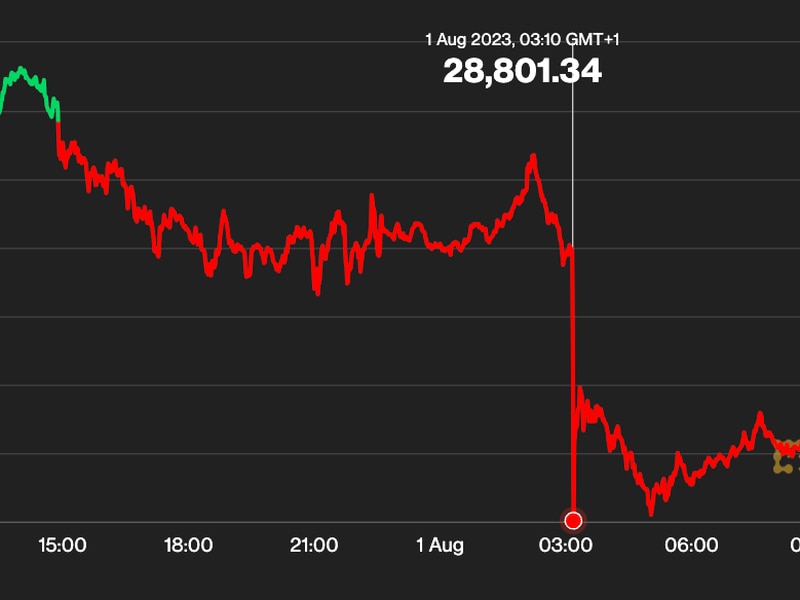FASB Says Crypto Assets Should Be Marked at Current Values
The first U.S. accounting rule specifically for cryptocurrency will say that companies must use a fair-value approach that would demand certain digital assets be measured at what they would trade for in the markets, according to the Financial Accounting Standards Board (FASB).
At a Wednesday meeting, the board evaluated comments on the change and gave staff permission to draft a final version of the new accounting standard, effective for fiscal years starting after December 15, 2024. The final language is expected to be approved in a written vote before the end of the year.
The FASB, which is a nongovernmental standard-setting board overseen by the U.S. Securities and Exchange Commission (SEC), had proposed the rule in March. The suggested changes departed from the usual practice of marking these assets for their unrealized losses – seen by the industry as a barrier to wider crypto adoption. Specifically moving crypto into the accounting rules means companies will make gains and losses a part of their quarterly income reports.
“I think we heard overwhelmingly from investors that allocate capital based on the use of financial statements that this will provide them better information to make their decisions, and so I’m fully supportive of it,” said Richard Jones, the board’s chairman.
The board is encouraging companies to seek early adoption of the new standard.
Michael Saylor, the founder and former CEO of MicroStrategy (MSTR), tweeted that this development “eliminates a major impediment to corporate adoption of $BTC as a treasury asset.”
Edited by Stephen Alpher.









